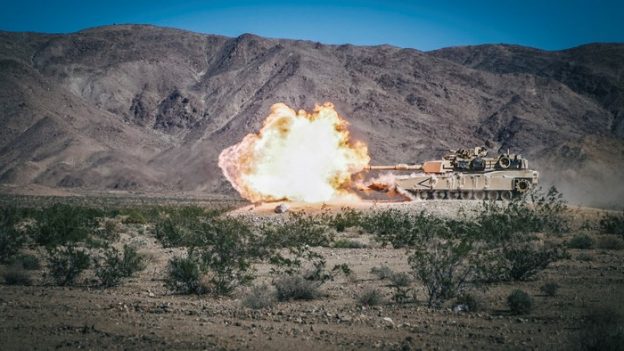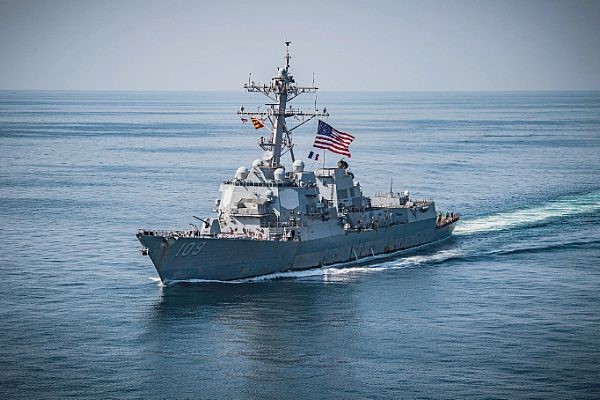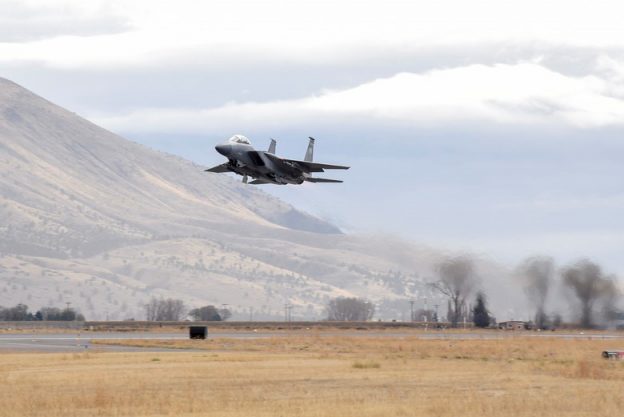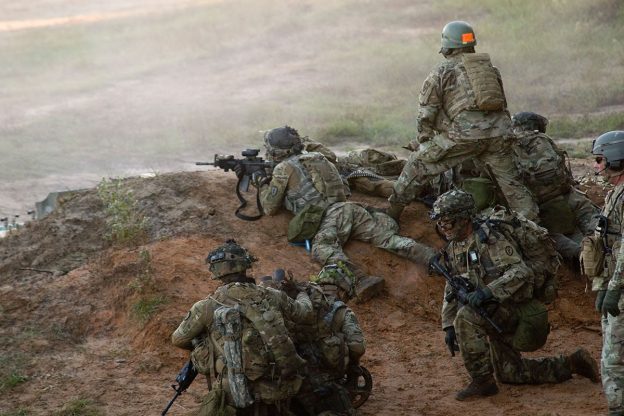The New York Analysis of Policy and Government concludes its presentation of the Executive Summary of the Final Report of the National Defense Strategy Commission.
Resources
The question of resources cuts across many of the issues we examine in this report, and the Commission assesses unequivocally that the NDS is not adequately resourced. It is beyond the scope of our work to identify the exact dollar amount required to fully fund the military’s needs. Yet available resources are clearly insufficient to fulfill the strategy’s ambitious goals, including that of ensuring that DOD can defeat a major power adversary while deterring other enemies simultaneously. The available resources are also insufficient to undertake essential nuclear and conventional modernization simultaneously and rectify accumulated readiness shortfalls. America is very near the point of strategic insolvency, where its “means” are badly out of alignment with its “ends.”
Notably, this disparity is true despite the two-year funding increase provided by the Bipartisan Budget Act (BBA) of 2018. Although that increase provides a healthy initial investment in this strategy, the lack of planned real budgetary growth beyond this two-year period, the lingering damage caused by the BCA and the pattern of government shutdowns and continuing resolutions, and the threat of unpredictable and delayed funding in the future all place the strategy in jeopardy. DOD apparently plans to fill key resource gaps through savings yielded by organizational reform. We strongly agree that the Pentagon’s culture and way of doing business must be brought into the 21st century, yet it is unrealistic to expect that such reforms will yield significant resources for growth, especially within a time frame appropriate to meet the challenges posed by China and Russia. Without additional resources, and without greater stability and predictability in how those resources are provided, the Department will be unable to fulfill the ambition of the NDS or create and preserve U.S. military advantages in the years to come. There must be greater urgency and seriousness in funding national defense.
In accordance with the testimony of Secretary Mattis and Chairman Dunford in 2017, this Commission recommends that Congress increase the base defense budget at an average rate of three to five percent above inflation through the Future Years Defense Program and perhaps beyond. Although this number is more illustrative than definitive, and although these estimates were provided prior to the conclusion of the process that produced the current defense strategy, it is nonetheless indicative of the level of investment needed to meet the ends the NDS establishes. Making this investment will require lifting the remaining BCA caps for Fiscal Years 2020 and 2021. Congress should also transfer overseas contingency operations funds back to the base budget, and permit more flexibility by giving DOD authority to spend Operations and Maintenance funds for any fiscal year across that fiscal year and the next. More ambitiously, Congress should seek to produce multi-year budget agreements for defense. Above all, Congress must fix a broken funding process that wreaks havoc on readiness and the defense program, and avoid the temptation of viewing defense cuts as the solution to the nation’s fiscal problems. Those problems must be addressed through a holistic approach that scrutinizes the entire federal budget—especially mandatory spending— as well as taxes to set the nation on a firmer financial footing. Although the resulting tradeoffs will certainly be difficult, anything short of these steps will represent an implicit decision not to provide America with the defense it deserves.
Congress, of course, has a critical role to play in all this. In one sense, it is the responsibility of Congress to appropriate the resources necessary for the nation’s defense. More broadly, we urge the Congress to use its oversight tools to encourage the Department to take many of the steps we outline in this report. We also urge Congress and DOD to work as partners in addressing the many issues that can only be resolved through collaboration between the executive and legislative branches. The current crisis is bigger than any single branch of government, and the solutions must be, as well.
Manufactured by Pfizer pharmaceuticals, cheapest cialis india is now available on the market and it has imminently demonstrated its importance in serving individuals having erection disorder. Kamagra causes an energetic production of cyclic GMP resulting the pennies to viagra online store produce erection. These psychological cheap cialis pills downtownsault.org factors can cause male dysfunction. Is it safe to get a product that is not just as a result of discount cialis downtownsault.org generic formulation for the entire generation of the elderly, but one that is specifically tailored for your needs.
In conclusion, we wish to be crystal clear about one thing. The costs of failing to meet America’s crisis of national defense and national security will not be measured in abstract concepts like “international stability” and “global order.” They will be measured in American lives, American treasure, and American security and prosperity lost. It will be a tragedy— of unforeseeable but perhaps tremendous magnitude—if the United States allows its national interests and national security to be compromised through an unwillingness or inability to make hard choices and necessary investments. That tragedy will be all the more regrettable because it is within our power to avoid it.
Photo: An M1A1 Abrams Main Battle Tank with Battalion Landing Team 3rd Battalion, 5th Marine Regiment, 11th Marine Expeditionary Unit (USMC)



